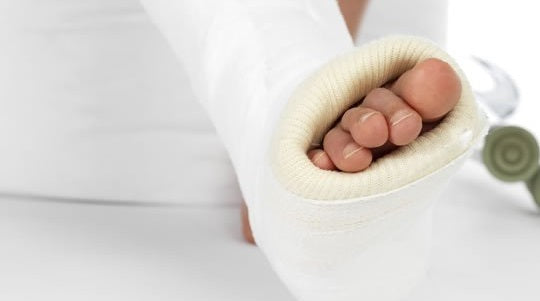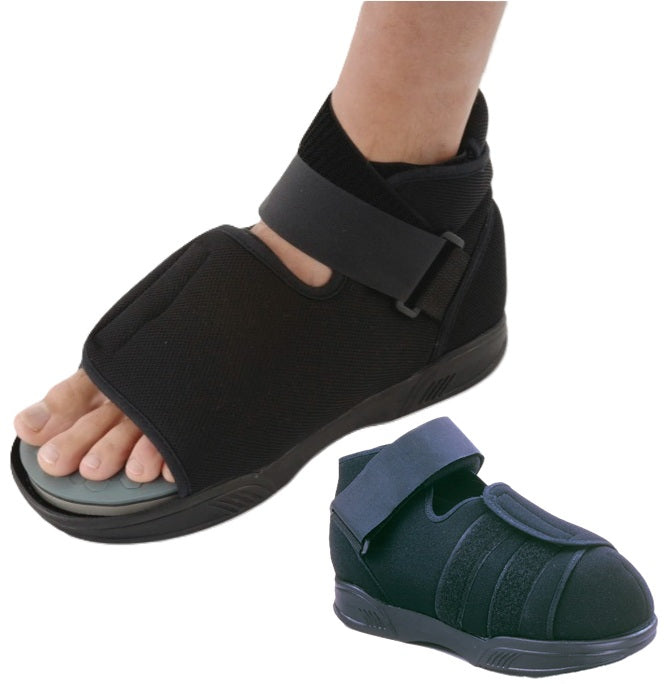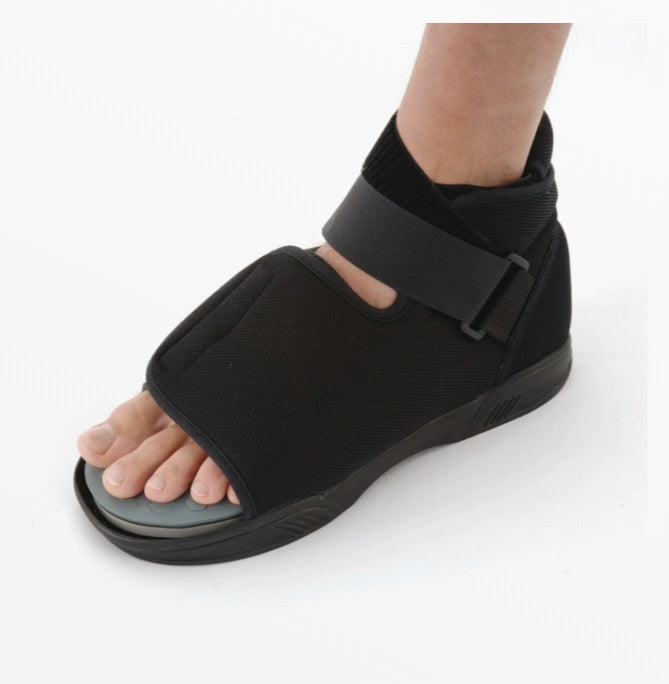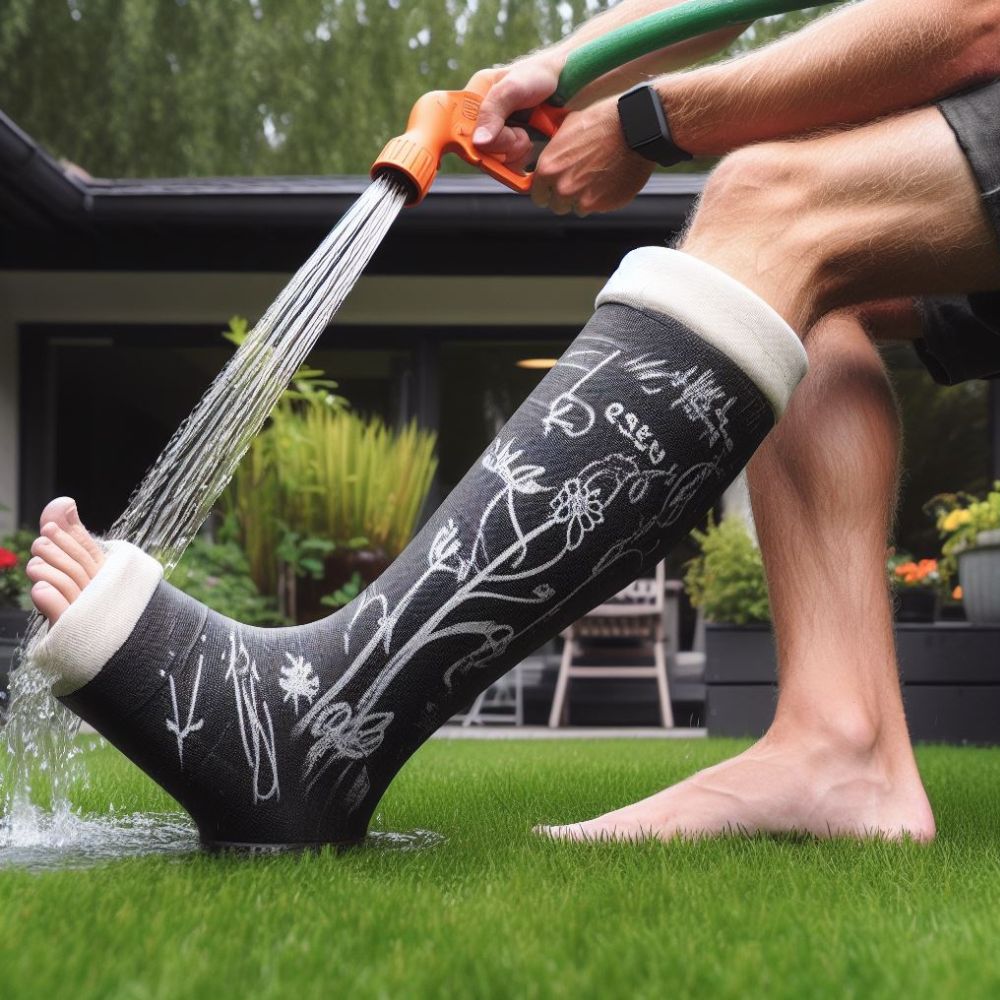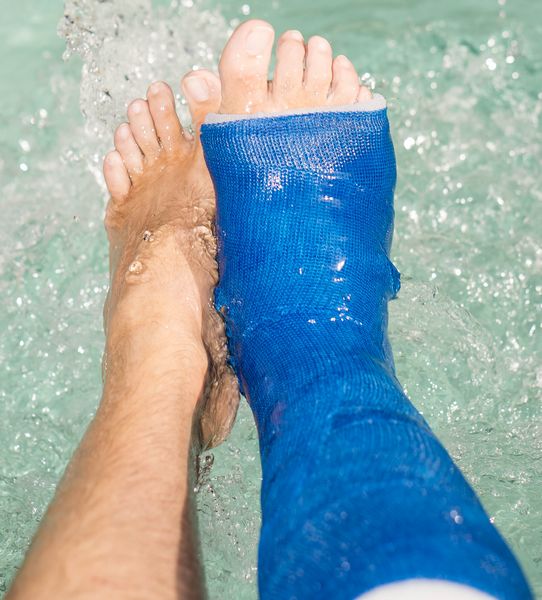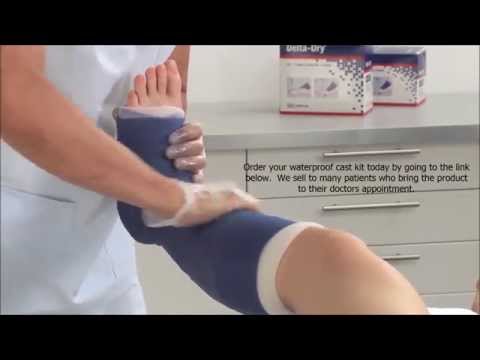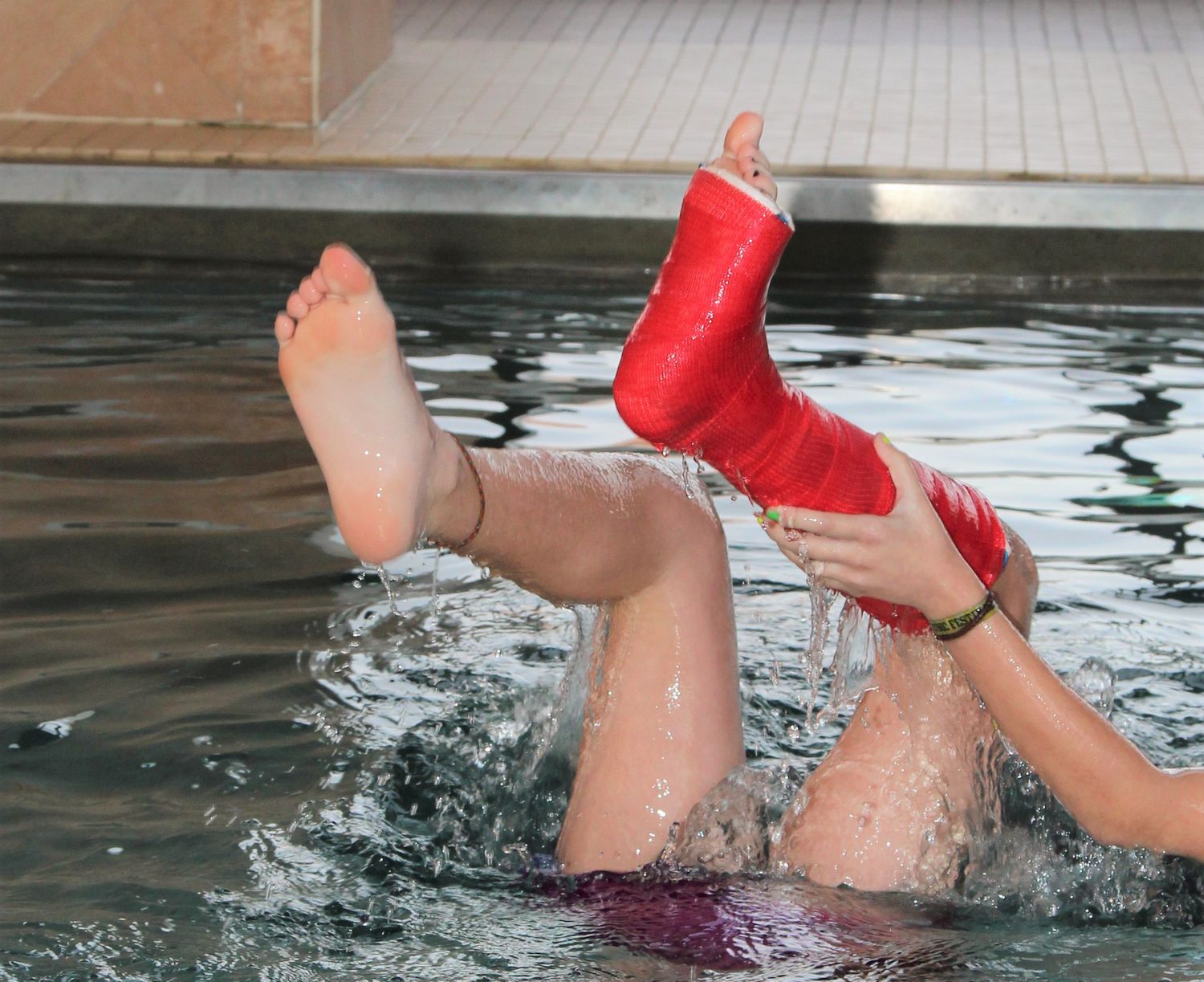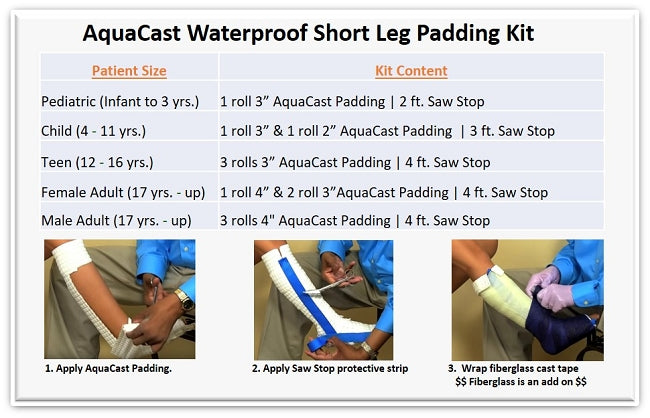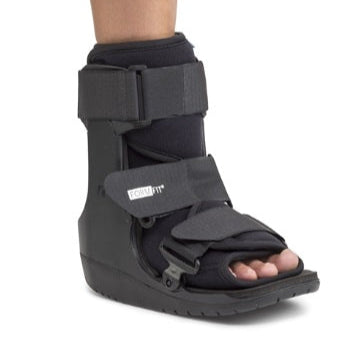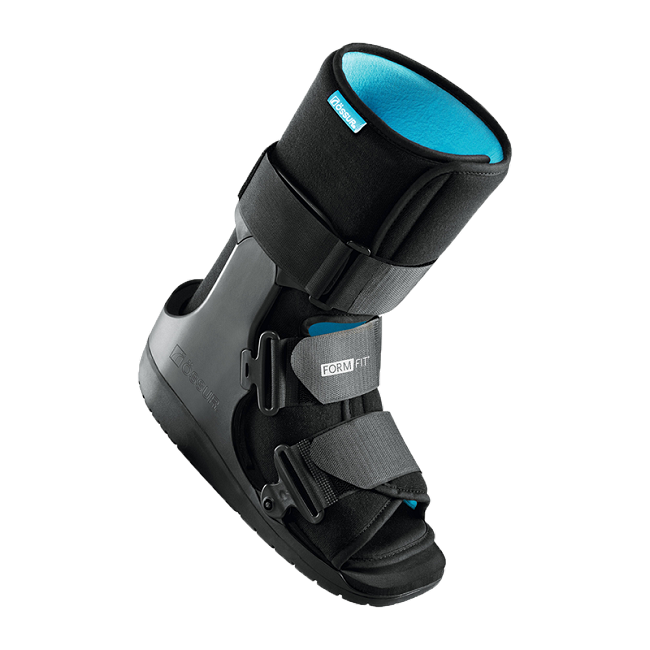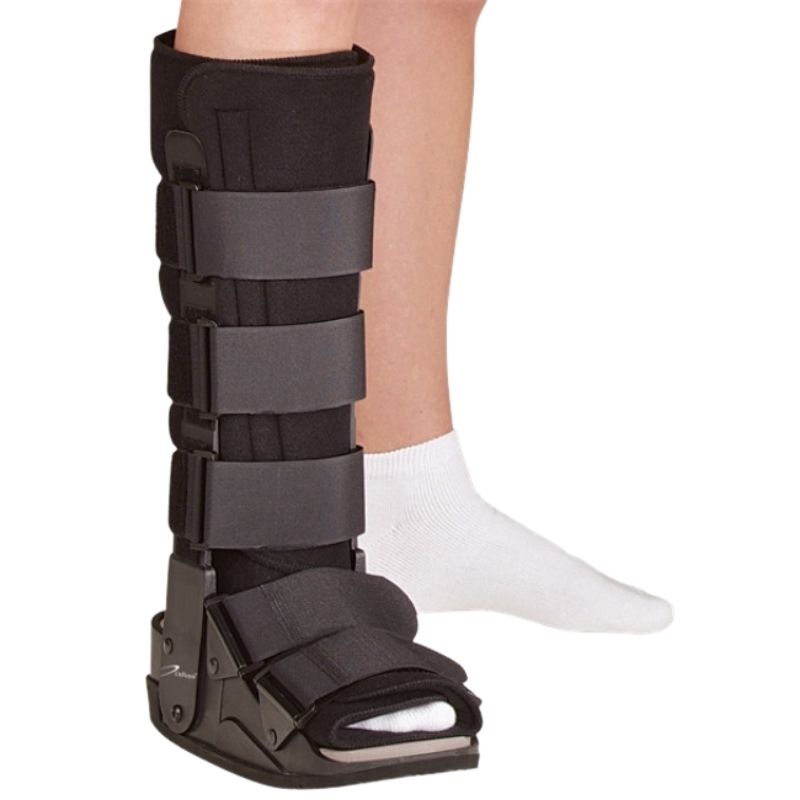Timely delivery an great quality products as always.
The brace was a replacement for an original that was worn out. So, I am fine with the product. This review is about the great service that I got from the seller. My order was filled quickly and I got the brace in just a few days.
Over priced the velcro strap doesn’t last long. The only reason I bought this product was for the other parts that needed to be replaced.
I am so sorry you had an issue. Contact us to return this item for a full refund. Other customers gave the this item 5 stars so you may be missing parts.
Product arrived fast and satisfied with the quality of the part. Will purchase again.
The product purchased fits very well, is very comfortable and arrived in a timely matter. I have had no issues with anything that I have purchased from you folks. Would order again.


